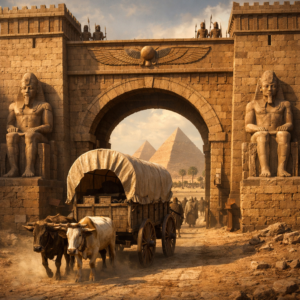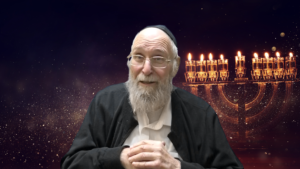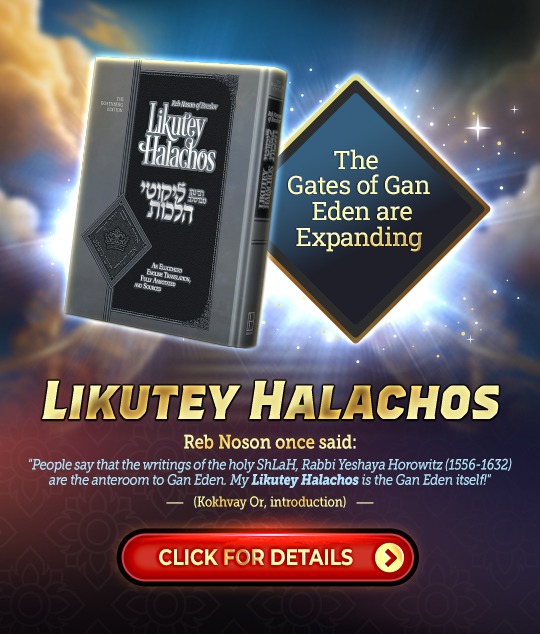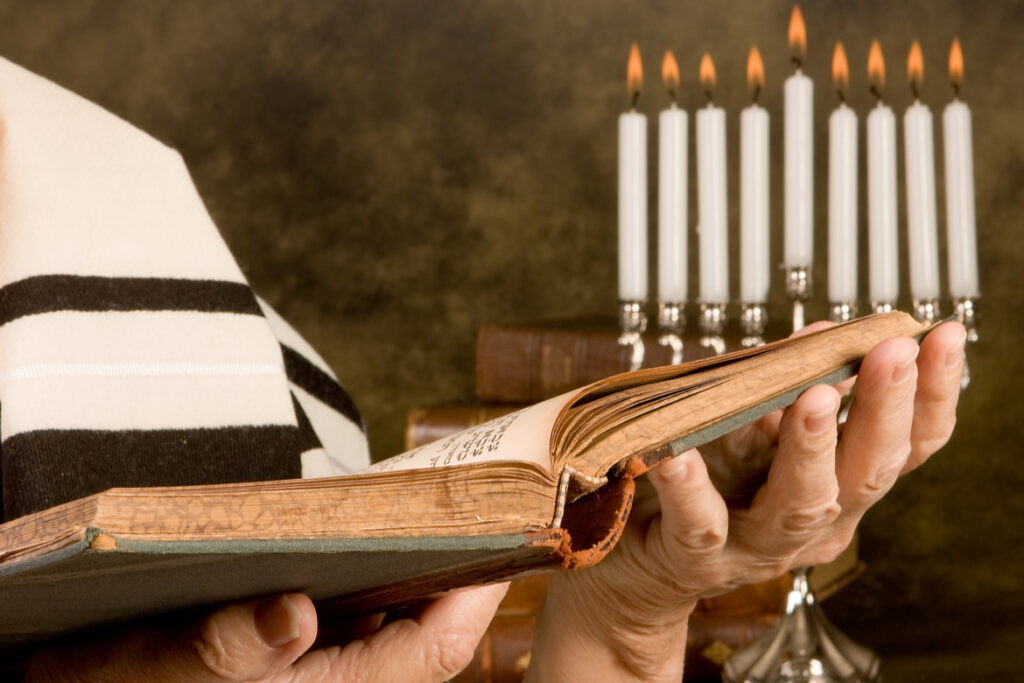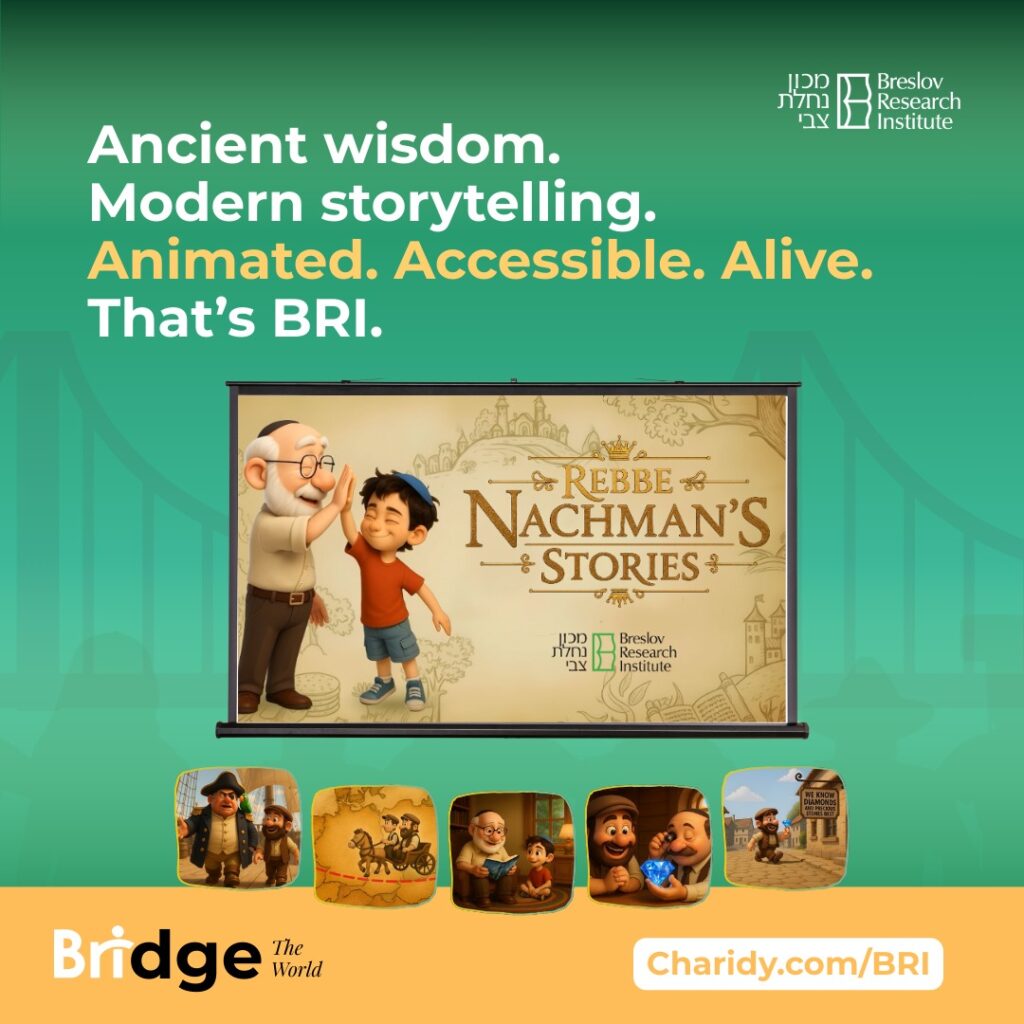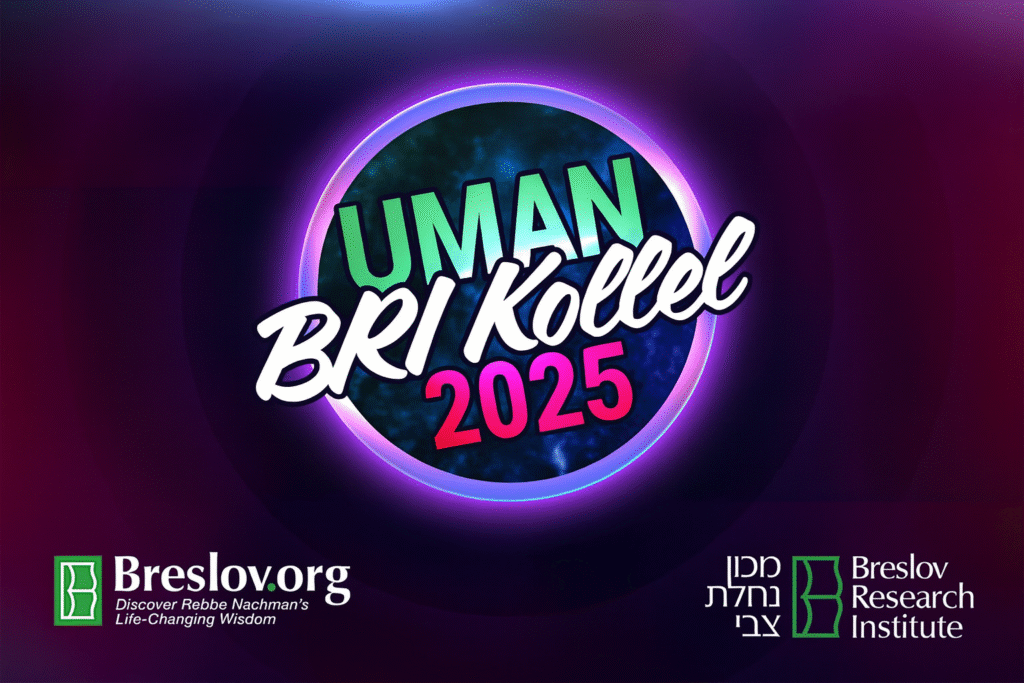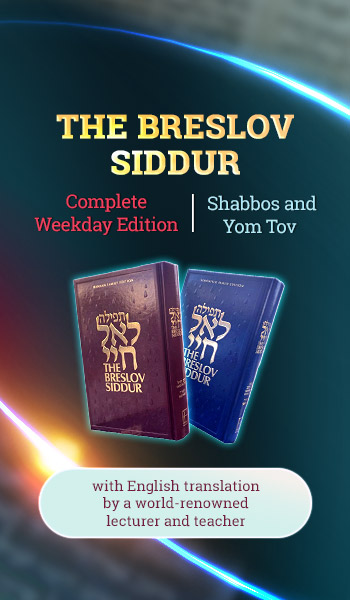Purim is the Time to Get Rid of the Amalek in our Minds
Sometimes it’s hard for adults to feel excited about Purim. After all, it really seems like the entire holiday is designed around and for children – or adults who still have some leftover business to finish from their own childhoods. First there’s the telling of a wonderful story of long ago with a happy ending, then there’s costumes, candies and carnivals. But where does this leave a thoughtful grownup? Is the point of this holiday to simply check out of the harsh realities of the here-and-now and feign happiness for a day? Many work hard to achieve authenticity in their celebrations by eating, singing and drinking, but after the intoxicating effect has worn off, where do we find ourselves? What’s the life-changing takeaway?
It also almost seems that Purim has the least to offer us, especially when compared to the powerhouses of Pesach, Shavuos, Succos, not to mention Rosh Hashana and Yom Kippur. Yet even Yom Kippur, the holiest day of the year, is only “k”-Purim, like Purim, implying that greater spiritual heights are attainable on Purim than on the 10th of Tishrei. But Chazal, in their unfathomable wisdom, have masterfully camouflaged access to the highest levels of k’dusha, holiness, in a context of frivolity and celebration. The true meaning of Purim is right under our noses, but we must see beneath the disguises. In short, Purim is the only holiday that imbues us with the tools we need to rectify humanity and return it to the stature it enjoyed before the sin of Adam and Chava.
To take a short trip far back in history to another story with a not-yet happy ending, the primordial nachash, serpent, seduced Adam and Chava to disobey Hashem’s command and eat from the eitz hada’as, the tree of knowledge. The affect of this singular act was both physically and spiritually devastating for humanity, creating the reality with which we now constantly grapple. No longer would goodness enjoy exclusivity. Good and bad would be partners – where one goes, the other would follow, alternately assuming the leading role. Additionally, Adam’s innate ability to perceive Hashem was diminished. Clarity was replaced by obfuscation, and seeing was replaced by having to believe. This experiential downgrading left atzvus, sadness, in its wake, not only for Adam, but for the entirety of the humanity that he fathered.
This state of existence is most significantly embodied in the nation of Amalek, and it materialized in Haman. In this world, says Amalek, what you see is what you get, and there is nothing else, G-d forbid. Amalek rejects the notions of life in the world to come and Hashem’s hashgacha pratis, Divine involvement, in the human experience. The purpose of Amalek/Haman is to keep humanity in its lowly state by accentuating the negative, exploiting human frailty and promoting philosophies of living only for today.
All worldly pleasure is ephemeral. No good time lasts forever, and the vast majority of pleasures last only moments. Mitzvos, on the other hand, are the physical manifestation of Hashem in this world. And just like Hashem is the Ohr Ein Sof, the Infinite Light, so too are the mitzvos. By performing mitzvos, we bind ourselves to the Eternalness of Hashem, and gain increasing levels of clarity about Him. As a result, mitzvos, when fully appreciated, inspire true, long-lasting inner simcha, joy. It is with this kind of simcha that Mordechai performed his mitzvos, and Haman found this intolerable, for he understood its true potential.
Reb Noson strongly warns against applying fabricated rationales for the performance of mitzvos: They’re for health reasons; they’re designed to create a fair and orderly social structure, et cetera. Dissociating mitzvos from their true purpose is dangerous for it robs us of the very mechanism Hashem gave us with which to redeem humanity. This is Amalek’s goal.
Conversely, recognizing that all mitzvos, even those most easy to perform, give us access to the nitzchius, eternalness, and k’dusha of Hashem, and inspires within us true simcha and mesiras nefesh (willingness to even give one’s life) to discover the potential of every mitzvah we perform. Purim is the holiday that reinvigorates us with our life’s mission of reclaiming our rightful place as the epitome of creation the way Hashem had initially intended. It is only through the simcha of mitzvos that we will be capable of vanquishing the atzvus instilled in us by the nachash, and free the bonds that keep us tethered to a reality outside of Gan Eden.
Rebbe Nachman said: Mitzvah gedola l’hios b’simcha tamid – it is a great mitzvah to be happy always, for that is the truest way to always be connected with Hashem.
(Based on Likutei Halachos, Orach Chaim, Hilchos Nefilas Apayim, Halacha 4:4)
- 0 comment



